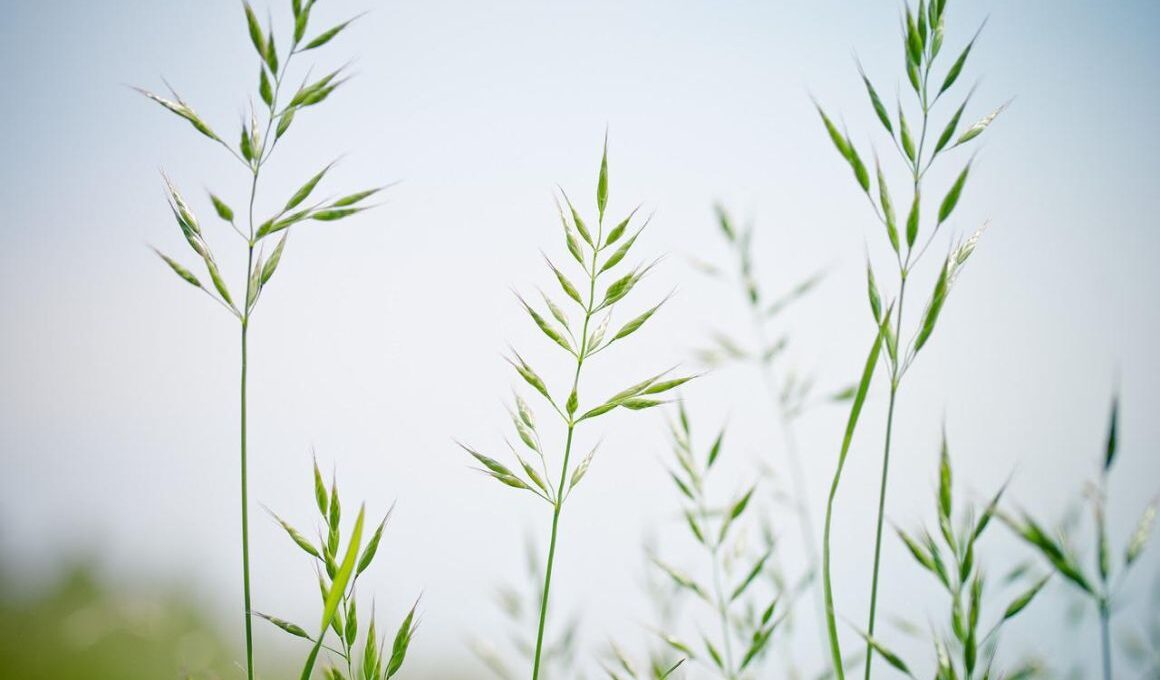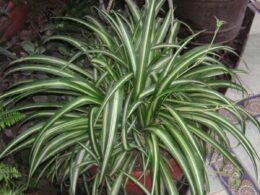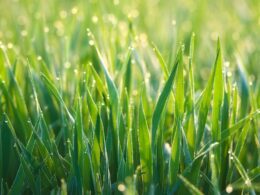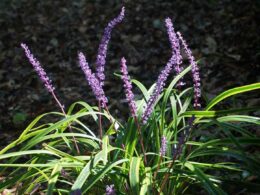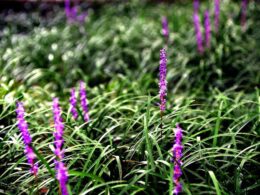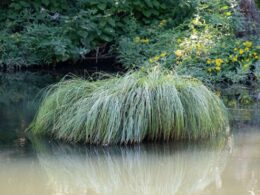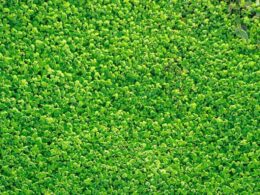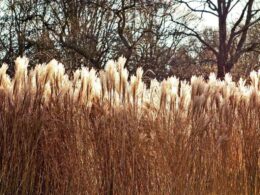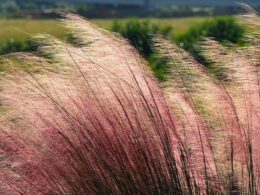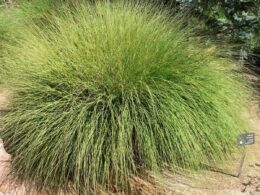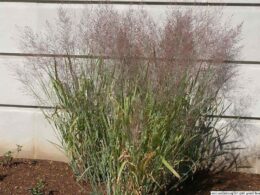What Is Fescue Grass?
Fescue grass is a type of grass from the Poaceae family, that is known for its hardiness and ability to thrive in colder climates. This grass is often used in lawns, as it has a relatively low maintenance requirement and can withstand heavy foot traffic.
Fescue Grass Appearance
Festuca is a very large genus, with many species found throughout the world. Fescue grass generally has a dark green color, although some varieties may have a blue-tinged hue. It remains green for 8 to 9 months a year. This grass typically grows to be between six and twelve inches tall, with a fine-textured blade. The fescue family of grasses includes both cool season grass and warm season varieties.
Cool-season fescues are typically more tolerant of cold weather and do not go dormant in winter like many other grasses. Tall Fescue grass does best in cooler climates, although it can adapt to warm climates as well.
Fescue Grass Habitat and Distribution
Fescue grass is a type of turfgrass that is commonly used in lawns, pastures, and golf courses. There are many species of fescue grass, which are native to Europe, Asia, and North America. Fescue grass grows best in cool climates and prefers well-drained soil. It is a hardy plant that can tolerate drought and shade, but it does not do well in hot, humid weather.
How to Plant Grass Seed?
When planning to plant fescue grass seeds, it is important to choose a location that receives full sun and has well-drained soil. Fescue grass seeds should be planted in the late summer or early fall. The seeds should be planted at a depth of 1/4 inch and should be fertilized with a nitrogen-rich fertilizer. Once the seeds have germinated, they should be mowed on a regular basis to keep them from getting too tall. With proper care, fescue grass can provide a beautiful and low-maintenance addition to any landscape.
Fescue Lawn Care
Fescue grass is a type of turfgrass that is commonly used for lawns and other outdoor spaces. It is known for its resilience and ability to withstand high traffic, making it a popular choice for busy families. However, fescue grass does require some care and maintenance in order to stay healthy. Here are some tips.
Mowing
Mow the grass regularly, using a sharp blade to avoid damaging the blades. Remove any dead or brown patches of grass promptly, as they can spread if left untreated.
Fertilizing
Fertilize the grass in early spring or late fall, using a fertilizer designed for fescue grass. Fescue grass do not need to be fertilized frequently.
Watering
Water the grass deeply and evenly, being careful not to overwater or let the soil become too dry. In the summer, you should water it once a week. Long blades make fescue grass quite drought-resistant. Weekly watering will help it stay green during the hot months.
Light
While this grass can tolerate partial shade, it will grow best in full sun. Choose a location for your fescue that receives at least six hours of direct sunlight each day. If you live in an area with hot summers, you may want to provide some afternoon shade to prevent the grass from scorching.
Soil
Fescue also does well in most types of soil, as long as it is well-drained. Any type of soil would be good for fescue grass, but most commonly is neutral or slightly acidic.
Types of Fescue Grass
There are many types of fescue grass, each with its own characteristics. Here are some of the most common types:
Tall Fescue
This type is a perennial grass that forms clumps up to three feet tall. It is tolerant of both heat and drought, making it a good choice for areas that receive little rainfall. Tall fescue is also resistant to most pests and diseases.
Fine Fescue
This type of fescue grass has a very fine texture, making it ideal for use in lawns and other areas where a smooth, even surface is desired. It is tolerant of heat and is a relatively low-maintenance grass.
Hard Fescue
This type of fescue is best suited for areas that receive little rainfall and have acidic soils. It is very tolerant of drought and cold, making it a good choice for northern climates. Hard fescue adapts well in cool areas with high levels of humidity.
Creeping Red Fescue
This type of fescue is a low-growing grass that forms a dense mat of foliage. It is often used as a ground cover or for erosion control on steep slopes. Creeping red fescue is tolerant of both heat and cold, but it does not do well in areas with high levels of humidity.
Chewing Fescue
This type of fescue is a tall-growing grass that can reach heights of up to six feet. It is often used for hay or pasture, as it is resistant to both drought and cold. Chewing fescue can be a nuisance in lawns, as it has a tendency to form clumps. It tends to be aggressive and overtake other grass.
Common Problems
Fescue grass is known for being drought-tolerant and resistant to disease. However, it can still experience problems, such as browning due to too much sun or water stress. Fescue grass can also be susceptible to fungal diseases, such as rust or dollar spot. These diseases can cause the grass to turn brown or yellow and can kill the grass if left untreated.
To prevent these problems, it is important to water fescue grass early in the morning so that the blades have time to dry before nightfall. Additionally, fertilizing fescue grass with a nitrogen-rich fertilizer can help promote healthy growth and prevent disease.





